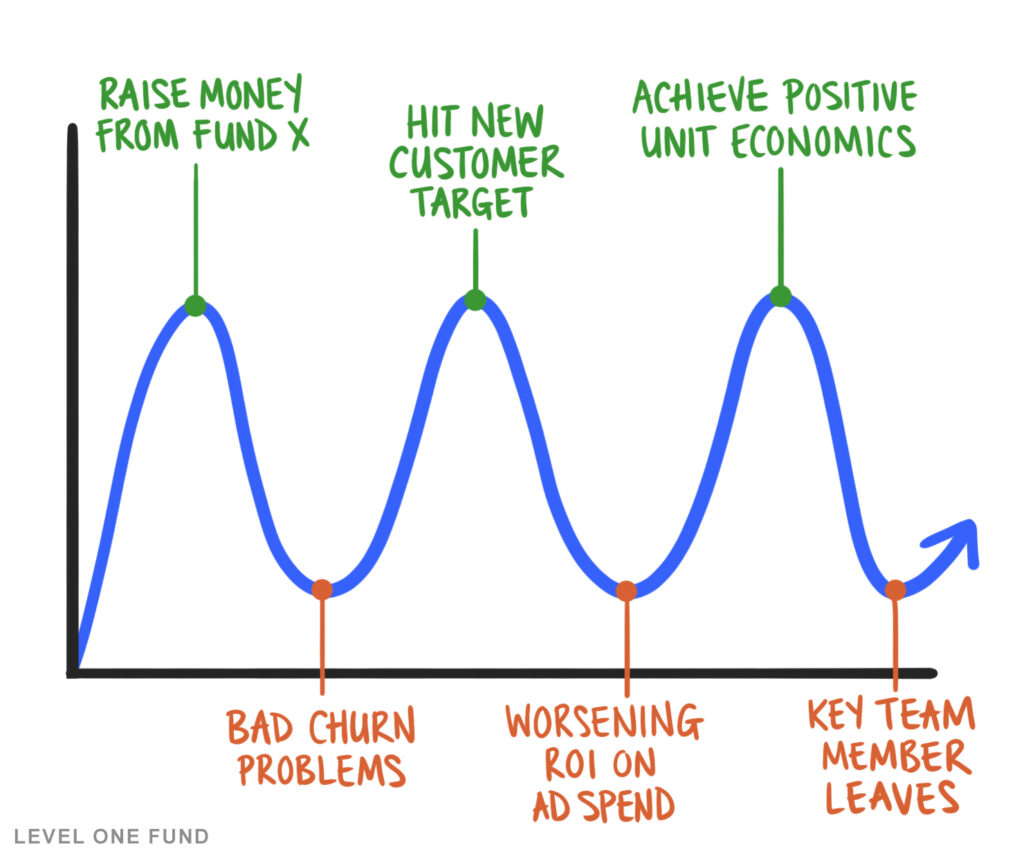Every startup goes through bad times, but not every startup survives bad times. Whether you rise or fall when times get tough is a result of many factors, but when your back is against the wall and it’s do or die time, sometimes the most dangerous misstep is getting caught up in the illusion that a flashy milestone will be the salvation of your business.
The answers to your startup’s most pressing life or death questions are not always as enticing as raising money from a famous fund, having your company’s weekly lunch menu make it to the front page of TechCrunch, or even pushing your lead engineer to build a machine learning Infinity Gauntlet that solves all your problems in a snap.

While it would be great to snap your fingers and make any of those things happen (maybe not the weekly lunch menu part), we oftentimes complicate reality to such a degree that we miss the most glaringly obvious problems that are begging for our attention. No matter what your startup’s mission is or which market you’re addressing, you probably want to build better products or services so that you can attract more customers and generate more revenue, with the ultimate goal of changing your industry or the world for the better.
The endless series of peaks and troughs you’ll face en route to this goal make it easier to lose sight of these most basic building blocks of a successful business: products/services, customers, and revenue. Paradoxically the peaks themselves can be a problematic part of this journey, because once you’ve experienced the rush of success that comes from reaching a new high, it’s easier and sometimes preferable to imagine that you’re still standing on that peak when you once again find yourself in a trough.

This dissonance between where you were and where you are now can lead you to think irrationally, especially on the heels of a great accomplishment. If you recently raised money, hit a difficult KPI, hired a fantastic person, or had any accomplishments written about in the media, it can be tempting to think on some level that these moments of brilliance beget more of the same, and that these high points precede and attract further windfalls of luck and upward momentum.
As is sometimes the case in difficult situations, the solution is not always the path of least resistance. If you recently discovered that net dollar retention is well below your expectations and your churn is worsening, it’s probably time to not only find out what’s going on, but to roll up your sleeves and get your hands dirty. While your customer success manager may provide a helpful report on the situation, don’t be afraid to get on the phone with a few dozen customers to find out why they aren’t renewing their subscriptions, or paying more for the new features you’ve just launched.

The highs of previous accomplishments can make it easy to feel disconnected from this kind of daily, granular work, but when problems persist and you can’t seem to find clarity on how to fix them, taking this sort of bottoms-up approach to finding the solution can be the best remedy.
While it’s not uncommon to face this dissonance as your company scales, it is important to learn how to move between the inevitable highs and lows that are part of this process. Knowing how to enjoy the feelings of success that come from your accomplishments while not losing sight of what makes those accomplishments possible is a crucial part of being an adaptive and effective leader.
Originally published in 2020